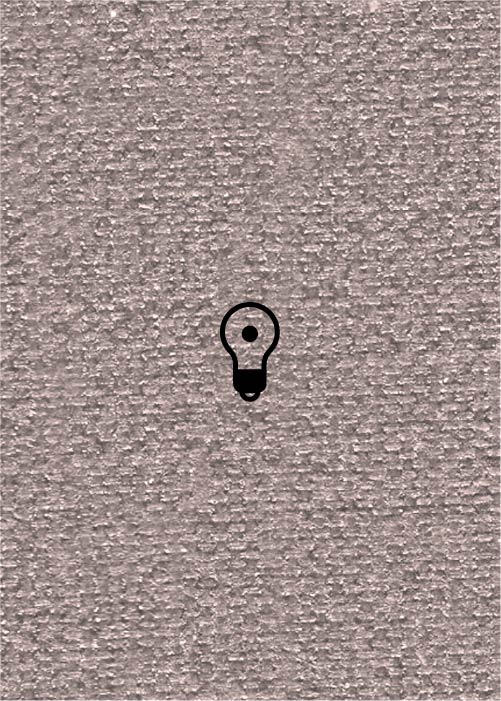(418 results found)

Polka
… citation, you get the full reference. “You had Polish dance tunes like krakowiak , oberek , na wesolo , mazur and … svadebnye obichai ( Perezhitoe 3), the author lists the dances done by girls with the bride at the preliminaries … waltz, mazurka, quadrille, and lancers. ... Most of the dances Levanda mentioned were widespread among the masses …

Pleskun (LKT)
… ones and even freely transformed versions. The Jewish dance pleskun takes its name from the Ukrainian pleskach , but the music of these dances is different. ‘In the klezmer repertoire,’ Beregovski …

Oberek (LKT)
… citation, you get the full reference. “You had Polish dance tunes like krakowiak , oberek , na wesolo , mazur and …

Pas de quatre (LKT)
… “There are also ‘cosmopolitan repertoire’ couple dances of Western and Central European origin’ such as … 1994, p. 10 . “I still remember well from my childhood dances that were ‘modern’ such as pas d’espagne, pas de quatre ... These dances were only popular among the younger generation.” …

Pas d’espagne (LKT)
… the full reference. “This song no doubt originated with a dance under the influence of the melody, during a moment … note is interesting: ‘The song was sung among us to a dance, to a padespan or to another type of dance (I have already forgotten the name). I think that …

Na Wesolo (LKT)
… citation, you get the full reference. “You had Polish dance tunes like krakowiak , oberek , na wesolo , mazur and …

Minuet (LKT)
… Bedecken of the bride took place... [then there was] the dance of the Menuetts and then afterwards cake and coffee.” …

Mezinke (LKT)
… of the floor, and the immediate members of the family dance around and shake hands.” Musiker 1996, p. 52 . (Recording references included). “Mezinka dance.” Pasternak 1987, p. 21 . “ Di mezinke oysgegebn. ” … “When the last child in a family is married the Mezinke is danced. Often a whole garland of flowers is placed on the …

Mazurka (LKT)
… citation, you get the full reference. “You had Polish dance tunes like krakowiak , oberek , na wesolo , mazur and … svadebnye obichai ( Perezhitoe 3), the author lists the dances done by girls with the bride at the preliminaries … waltz, mazurka, quadrille, and lancers... Most of the dances Levanda mentioned were widespread among the masses …

Mazur (LKT)
… citation, you get the full reference. “You had Polish dance tunes like krakowiak , oberek , na wesolo , mazur and … references included). “Today’s girls... go to weddings and dance polkas ; polke-mazur is their life. [Warsaw, Poland, …


